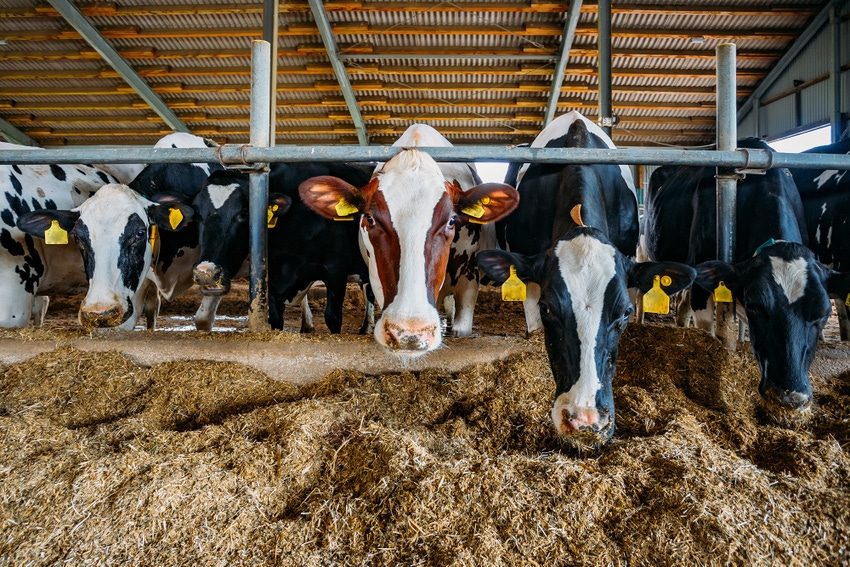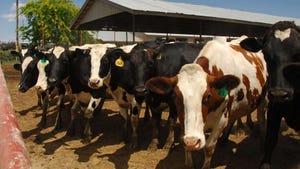Dairy cattle in Ohio contract avian flu
Wild birds are likely source of infection, but transmission between cattle cannot be ruled out.

The United States Department of Agriculture’s (USDA) National Veterinary Services Laboratory (NVSL) has confirmed the detection of highly pathogenic avian influenza (HPAI) in an Ohio dairy cattle herd, marking the first case of HPAI in a livestock operation for the state. Ohio also becomes the sixth state to report the virus in cattle.
The dairy operation, located in Wood County, received cows on March 8, 2024, from a Texas dairy that later reported a confirmed detection of HPAI. Ohio’s animal health officials were notified when the livestock began showing clinical signs compatible with sick, lactating dairy cows in other states.
USDA, Food and Drug Administration (FDA) and Centers for Disease Control and Prevention (CDC), as well as state veterinary and public health officials, continue to investigate the emerging illness among dairy cows that is causing decreased lactation, low appetite, and other symptoms.
On Monday, March 25, state animal health officials were notified when federal agencies confirmed the detection of HPAI in dairy herds in Texas and Kansas that had cattle exhibiting these symptoms. USDA’s NVSL has since confirmed the presence of HPAI in additional dairy cattle herds in Idaho, New Mexico, and Michigan.
Federal and state agencies continue to conduct additional testing from sick animals and in unpasteurized clinical milk samples from sick animals, as well as viral genome sequencing, to assess whether HPAI or another unrelated illness may be underlying any symptoms. Clinically sick dairy cattle from affected herds range from 1% - 20%, with an average of 10% of the milking herd affected. There are no confirmed reports of death loss in dairy cattle directly attributed to these detections. Most sick cows begin recovering within a few days.
Wild migratory birds are believed to be the source of infection, with pigeons, blackbirds, and grackles specifically found deceased on the Texas farms. However, USDA’s Animal and Plant Health Inspection Service (APHIS) said the spread of the illness among the Michigan herd also indicates that HPAI transmission between cattle cannot be ruled out.
According to the FDA and CDC, there is no concern about the safety of commercially pasteurized dairy products due to both federal animal health requirements and pasteurization and the public health risk associated with HPAI remains low.
Farmers and veterinarians are being urged to report cattle illnesses quickly, to monitor potential additional cases and minimize the impact and risk to farmers, farmworkers, consumers, and other animals. Producers are also being urged to work with their veterinarian to practice enhanced biosecurity measures and review and limit cattle movements within production systems to avoid disease spread or bringing in cattle from known disease areas or infected herds.
APHIS has created a landing page with recent announcements pertaining to HPAI detections in livestock, as well as biosecurity information and other resources.
About the Author(s)
You May Also Like



.png?width=300&auto=webp&quality=80&disable=upscale)

